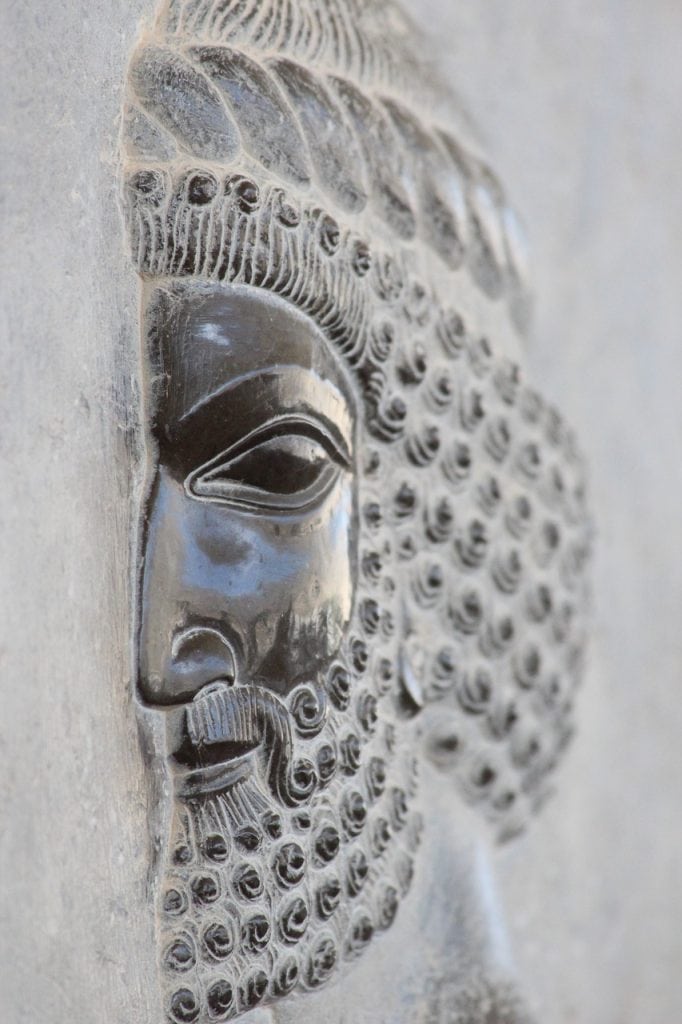The Ghost of a Glorious Past- Persepolis
What do you know about ancient Persia and Persepolis?
If you’ve seen movies like “300” and “Alexander”, you’d probably imagine blood hungry warriors battling with Greeks. They are an army of killers ruthless in their pursuit for land and fortune.
How dare they go against the known cradle of Western civilization? It’s an outrage, right?
Wrong.
In movies, Persia has been depicted as the villain more times than it has been the hero. But in reality, Persia was a mighty empire itself — structured, disciplined, and ahead of its time.
Known in history as the “Achaemenid Empire” or the “First Persian Empire”, it was more than a worthy opponent for Greece. Spanning 5.5 million square kilometers at the height of its reign, it’s one of the largest and richest empires the world has ever seen.
Today, the Achaemenid Empire is survived by Persepolis, a city of ancient ruins. It once served as the empire’s ceremonial capital before it crumbled at the hands of Alexander the Great.

Brief History of Persepolis
Persepolis is a terrace, jutting high above the ground. Half of it is man-made; half of it is natural, carved out of Kuh-e Ramat, also known as the “Mountain of Mercy”.
Cyrus I, the founder of the Achaemenid Empire and the first king, chose the site for Persepolis. But it was Darius the Great, the 3rd man who succeeded the throne, who began its construction. Darius the Great and the kings after him built grand palaces, resplendent halls, an impressive treasury, military quarters, and many other monumental buildings.
In 330 BC, more than 200 years after the birth of the First Persian Empire, Alexander the Great stormed Persepolis. He looted the gem of Persia and burned down buildings. Some say it was an act of revenge, a payback for the burning of Acropolis in Athens.
Notable Structures
The Gate of All Nations
Built by Xerxes I, the son and successor of Darius the Great, the Gate of Nations served as the passageway to the terrace. No visitor can enter Persepolis without passing through it.
The Gate of All Nations is a huge hall with two doors. One leads to the Apadana and the other to the road to the east. To display the power of the empire, a pair of lamassus, a protective deity with a head of man and a body of a bull, flank the entrances.
The Apadana
The Apadana is the greatest of palaces in Persepolis. Designed and built by Darius the Great himself, the Apadana is considered the hall of kings, the venue for official audience.
The Throne Hall
Also known as the Hall of Hundred Columns, the Throne Hall was built by Xerxes I and later completed by his son, Artaxerxes I. Like the Apadana, it was used for an official audience but reserved for military commanders.
Persepolis today is no more than a ghost of its glorious past. But despite that, these ruins provide us a direct link to its heyday.
Ask yourself: Wouldn’t it feel special to walk past the columns and walls that were witness to the lives of great conquerors? You know the answer is YES. So book a tour now and experience it for yourself.
